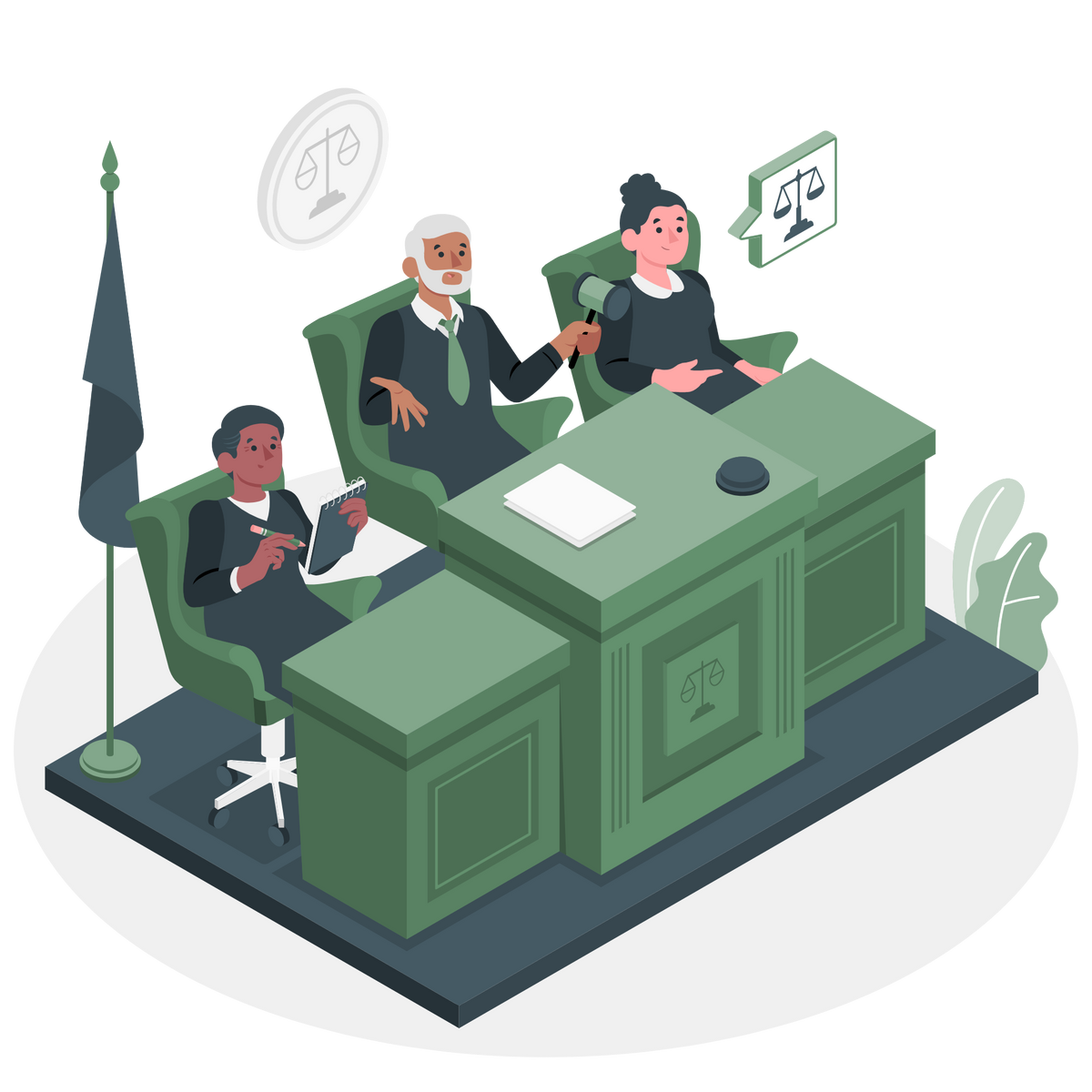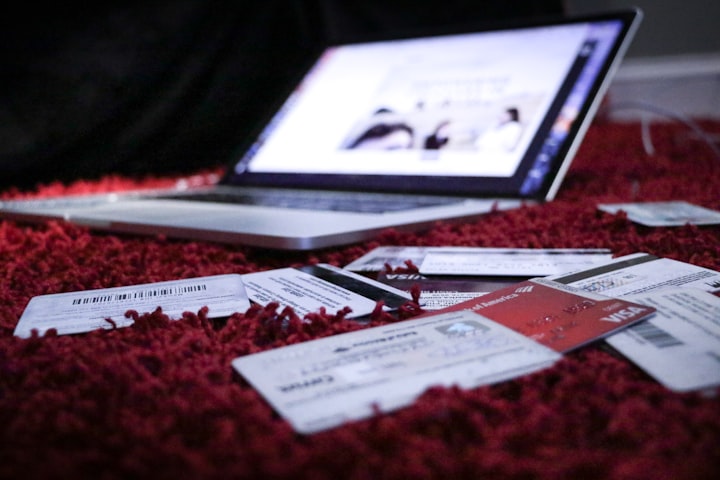Understanding the Student Loan Forgiveness Block
Supreme Court rejects Biden's student loan forgiveness. Understand the impact and alternatives after the student loan block before your payments resume in October.

In today's society, student loan forgiveness has become a hot topic of discussion. Many individuals are burdened with hefty student loan debts and are hopeful for relief through forgiveness programs.
However, there is an ongoing block on student loan forgiveness, which hinders the dreams of countless borrowers. To fully comprehend this issue and its implications, it is essential to explore the basics of student loan forgiveness, the current state of affairs, the reasons behind the block, and how to navigate through this challenging terrain.
Key Takeaways (3 mins or Less)
- The Supreme Court has rejected the Biden administration's student loan forgiveness plan which proposed up to $20,000 of forgiveness for federal student loan borrowers. The court argued that such a substantial amount of debt cannot be canceled without congressional approval.
- Over 26 million borrowers had already applied or been approved for this forgiveness, impacting around 40 million people.
- The payment pause for student loans, in place since March 2020, is set to expire on September 1, 2023. As part of the debt ceiling negotiations, that date was enacted into law and is unlikely to be extended.
- With payments restarting, borrowers need to confirm their loan servicer, re-enroll in autopay, re-evaluate their loans, and consider options such as changing their repayment plan, requesting deferment or forbearance, exploring other forgiveness opportunities, or refinancing.
- The rejection of the loan forgiveness plan does not impact the new income-driven repayment plan. This new plan caps monthly payments at 5% of borrowers' discretionary income (down from 10%) and forgives balances of less than $12,000 after 10 years instead of 20 years.
- Despite the Supreme Court's decision, President Biden has indicated that his administration will pursue other legal avenues to pass student loan forgiveness.
The Basics of Student Loan Forgiveness
Student loan forgiveness is a program designed to alleviate the financial burden of borrowers by canceling or reducing their student loan debt. It provides relief for individuals who have made consistent payments but are unable to repay the full amount due to various circumstances such as low income, public service employment, or other qualifying criteria.
Student loan forgiveness programs have gained significant attention in recent years as the cost of higher education continues to rise. With the average student loan debt reaching new heights, many borrowers are seeking ways to ease the burden and achieve financial freedom.
While student loan forgiveness can be a lifeline for those struggling with debt, it's important to understand the different types of programs available and the qualifications required.
What is Student Loan Forgiveness?
Student loan forgiveness is a program designed to alleviate the financial burden of borrowers by canceling or reducing their student loan debt. It provides relief for individuals who have made consistent payments but are unable to repay the full amount due to various circumstances such as low income, public service employment, or other qualifying criteria.
One of the key aspects of student loan forgiveness is that it offers borrowers the opportunity to have a portion or all of their remaining loan balance forgiven after meeting specific requirements. This can provide a significant financial reprieve and allow borrowers to focus on other aspects of their lives, such as saving for a home or starting a family.
It's important to note that student loan forgiveness is not a one-size-fits-all solution. The eligibility criteria and program details can vary depending on the type of forgiveness program and the borrower's individual circumstances. However, understanding the basics of student loan forgiveness can help borrowers navigate the options available to them and make informed decisions about their financial future.
Different Types of Student Loan Forgiveness Programs
There are several types of student loan forgiveness programs available, each catering to different situations and qualifications. The most well-known programs include Public Service Loan Forgiveness (PSLF), Income-Driven Repayment (IDR) plans, and Teacher Loan Forgiveness.
- Public Service Loan Forgiveness offers forgiveness to individuals working in public service positions, such as government or non-profit organizations, after making 120 qualifying payments while employed full-time. This program is particularly beneficial for those who have chosen careers in public service and are dedicated to making a positive impact on their communities.
- Income-Driven Repayment plans base loan repayment on the borrower's income and family size, and any remaining balance after 20 or 25 years of payments (depending on the plan) is eligible for forgiveness. This program is designed to make loan repayment more manageable for borrowers who may have lower incomes or high levels of debt compared to their income.
- Teacher Loan Forgiveness targets teachers who work in low-income schools or educational service agencies and have been employed for five consecutive years. Through this program, teachers can receive forgiveness of up to $17,500 on their federal loans. This initiative aims to encourage talented educators to work in schools that face significant challenges and provide quality education to students who need it the most.
These are just a few examples of the student loan forgiveness programs available. It's important for borrowers to research and understand the specific requirements and benefits of each program to determine which one may be the most suitable for their individual circumstances.
The Current State of Student Loan Forgiveness
Student loan forgiveness has become a pressing issue in recent years, with significant changes in policies affecting both current and aspiring borrowers. While the introduction of the Temporary Expanded Public Service Loan Forgiveness (TEPSLF) program has expanded opportunities for borrowers who were initially denied PSLF, there is still much debate and discussion surrounding this topic.
One of the key areas of focus in recent discussions has been proposals to expand student loan forgiveness, aiming to make it more accessible and beneficial for borrowers. These proposals seek to address concerns about repayment plan complexities, simplify application processes, and increase loan forgiveness amounts. The goal is to provide relief to borrowers burdened by student loan debt and help them achieve financial stability.
Recent Changes in Student Loan Forgiveness Policies
The introduction of the TEPSLF program has brought about a significant shift in student loan forgiveness policies. This program offers a lifeline to borrowers who were initially denied Public Service Loan Forgiveness (PSLF) by expanding the criteria and eligibility requirements.
Under the TEPSLF program, borrowers who have made 120 qualifying payments under an income-driven repayment plan may be eligible for loan forgiveness.
Impact of the COVID-19 Pandemic on Student Loans
The COVID-19 pandemic has brought the issue of student loan forgiveness to the forefront, amplifying the urgency for relief measures. As millions of Americans faced financial hardships due to job losses and economic instability, the government implemented temporary measures to provide relief to borrowers.
Loan forbearance and interest waivers were put in place to alleviate the immediate financial burden on borrowers. These measures provided temporary relief, allowing borrowers to pause their loan payments without accruing additional interest. However, it is important to note that these measures are only temporary and have raised questions about the long-term viability of student loan forgiveness.
Plus, the pandemic's economic impact has led to increased unemployment rates and reduced financial stability for many individuals. This has made it even more challenging for borrowers to manage their student loan obligations, further highlighting the need for comprehensive and sustainable solutions.
The Block on Student Loan Forgiveness

Reasons Behind the Block
The block on student loan forgiveness stems from various factors. One primary reason is the political divide surrounding the issue. Different ideologies often clash, resulting in a deadlock on making significant changes to existing policies.
Then there's the cost of student loan forgiveness initiatives which is a significant concern. Critics argue that forgiving substantial amounts of debt would have severe fiscal implications, potentially burdening taxpayers and contributing to economic instability.
The Role of Government and Private Lenders
The government plays a pivotal role in student loan forgiveness since most federal loans fall under its purview. Government initiatives and policies determine the eligibility criteria, terms, and conditions for loan forgiveness programs.
On the other hand, private lenders typically handle private student loans, which are not eligible for most forgiveness programs. Borrowers with private loans often face additional challenges when seeking relief, as these lenders have more flexibility and fewer obligations to offer forgiveness options.
Implications of the Student Loan Forgiveness Block
Effects on Current Students and Graduates
The block on student loan forgiveness has significant implications for both current students and graduates. Many individuals have chosen specific career paths or pursued higher education with the expectation of loan forgiveness. The unavailability of this relief puts a strain on their financial well-being and may limit their future opportunities.
Plus, the absence of substantial loan forgiveness programs can discourage individuals from pursuing higher education altogether, as the fear of overwhelming debt becomes a deterrent.
Long-term Consequences for the Economy
The lack of a robust student loan forgiveness system can have long-term consequences for the economy. Heavy student loan debt burdens affect borrowers' ability to contribute to the economy through increased spending, savings, and investments. Consequently, this restrained financial capacity can impede economic growth and hinder societal progress.
Navigating Through the Student Loan Forgiveness Block
Alternatives to Loan Forgiveness
While the block on student loan forgiveness persists, there are alternative strategies for borrowers to alleviate their student loan burdens.
For example, refinancing student loans may be an option for those with good credit scores and stable finances.
Additionally, exploring income-driven repayment plans can provide some relief by adjusting monthly loan payments according to income levels, effectively reducing financial strain.
4 Tips for Managing Student Loans Amid the Block
Amidst this challenging landscape, borrowers can adopt smart strategies to manage their student loans.
- Creating a budget
- Actively seeking employment in sectors that offer loan forgiveness
- Seeking financial guidance from professionals
- Debt consolidation to simplify your payments
As the issue of student loan forgiveness continues to dominate public discourse, it is crucial to understand the intricacies and implications of the block. While the future may seem uncertain, knowledge and proactive measures can help individuals secure a more manageable path toward financial freedom.




Comments ()